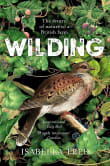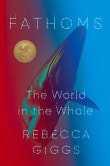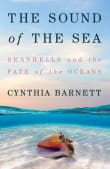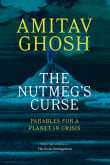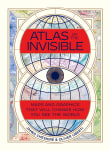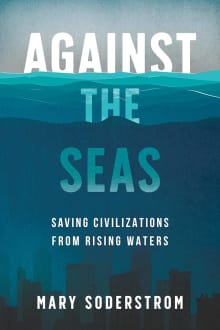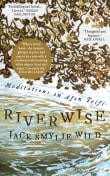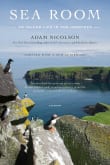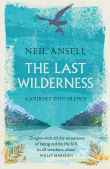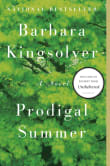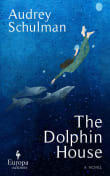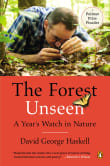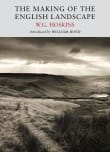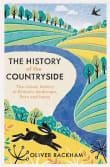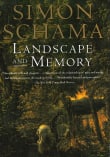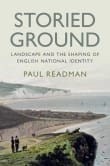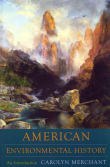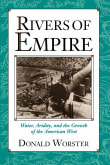Islands of Abandonment
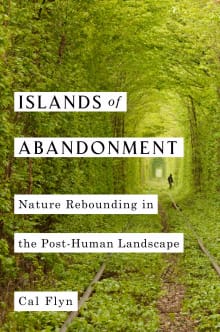
Book description
A beautiful, lyrical exploration of the places where nature is flourishing in our absence
"[Flyn] captures the dread, sadness, and wonder of beholding the results of humanity's destructive impulse, and she arrives at a new appreciation of life, 'all the stranger and more valuable for its resilence.'" --The New Yorker…
Why read it?
4 authors picked Islands of Abandonment as one of their favorite books. Why do they recommend it?

Islands of Abandonment shares extraordinary examples of nature’s ability to reclaim – and restore – land abused by humans.
In startling vignettes, the author visits numerous abandoned sites, uninhabited by humans for different reasons: from Chernobyl to a no man's land on the island of Cyprus, to factories simply rendered obsolete leaving the surrounding neighborhoods blighted, dangerous and often empty.
I found this book to be, if not hopeful, then cautiously optimistic in its affirmation of nature’s resilience, even in the wake of massive destruction. Cal Flyn’s writing is enviably good: keenly observant, capturing intimate details about these landscapes and…
From Emily's list on to help reconnect with the natural world.

In these times of natural and man-made disasters, this book examines how nature can reclaim even the most abused land once we have gone.
The author explores a dozen sites around the world that have been damaged and then abandoned by humans, including the demilitarised zone separating the two parts of Cyprus, the forests around Chornobyl, the polluted battlefields of Verdun, enormous but derelict collective farms in Estonia, and the toxic muds of Newark Bay.
Perhaps the most extraordinary story concerns a herd of cows on the Scottish island of Swona. When the last humans left in 1974, "…

Abandoned places, reclaimed by the wild – Flyn’s fascinating book speaks directly to my obsession, but instead of using that framework to explore a particular place, she investigated twelve locations around the world with different histories and climates. Most aren’t literally islands but figuratively so, being separated from their surroundings by a disaster of one kind or another, and each shows a different aspect of the exciting process at work that gives hope for ecological restoration. As you’d guess from the subtitle and cover, she uncovers some bleak sites of a nuclear meltdown and toxification and war, exploring in a…
From Jen's list on wild and abandoned island places.
If you love Islands of Abandonment...

Are you interested in a world tour that brings you to some of the most toxic, abandoned, and disturbed places in the world? On the face of it, not really! However, Cal Flyn remarkably transforms what seems like a death spiral into avenues of hope. She finds that many of these places, in part because of human absence, are also islands of restoration and revitalization. Despite the disturbance, nature once again takes hold. I’m amazed at the courage involved in visiting these places, and then the investigative thoroughness in exploring and explaining the possibilities.
The word resilience is gaining urgency…
From Mitchell's list on deep environmental learning.
If you love Islands of Abandonment...
Want books like Islands of Abandonment?
Our community of 12,000+ authors has personally recommended 100 books like Islands of Abandonment.


